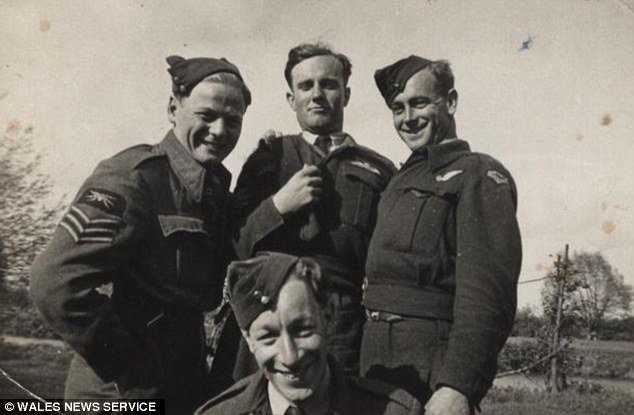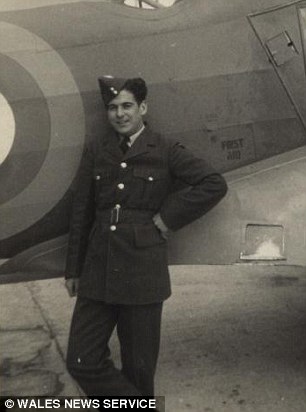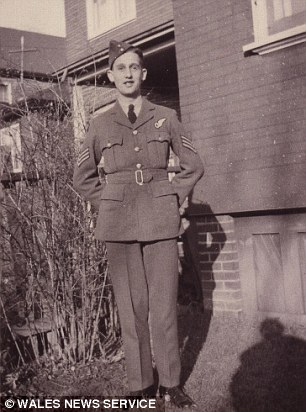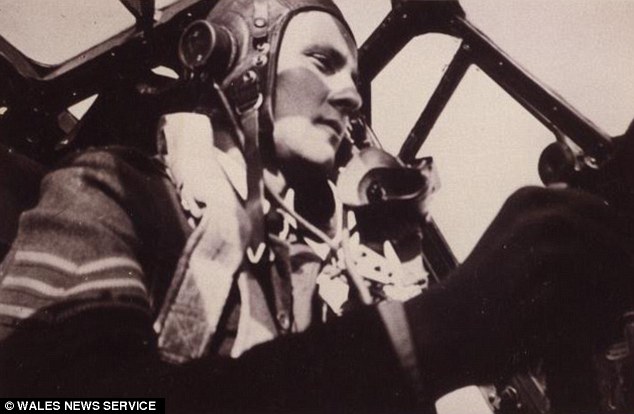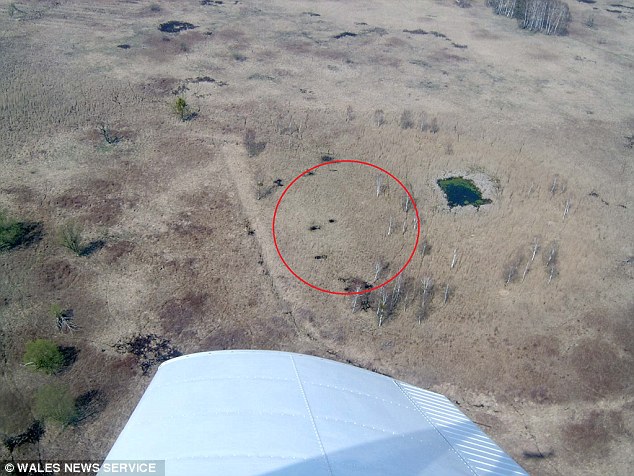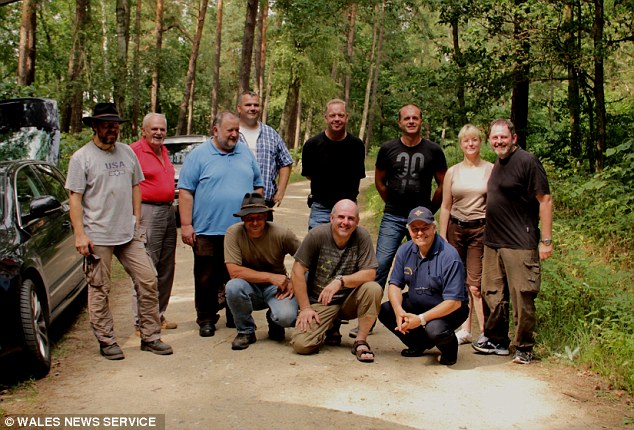Five soldiers from Halifax HR980 who were killed in 1943 during a night raid have never had their bodies recovered. These WWII airmen were shot down over Berlin and their bodies are thought to be within a swamp in Germany. Seventy years later, their families are looking for help from the government to recover their bodies after part of the aircraft has been discovered, indicating the probable location of these lost heros.
Here are four of the members of Halifax HR980, before being shot down in 1943.
Jake Harrison was the flight sergeant lost in the crash. His body has never been recovered.
Sergeant Peter Buck was also lost during the crash. His body has also never been recovered. Permission has been granted by authorities in Germany for the plane to be recovered as well as the bodies of the five airmen. The UK, Australia and Canada governments have all refused to assist with the £165,000 cost of the recovery procedure. Jake Harrison was a flight sergeant on board the plane; a Canadian whose widow, Lola Leslie, is now 92 years old. Linda, her daughter, noted that she can’t bring herself to tell her mother that Jake’s body will not be recovered.
Jake and Lola had only been married for two days when Jake got called away to serve and didn’t come back. She was very hopeful when the plane was discovered that she would finally be able to recover his body.
Linda does not want to tell her the recovery of his body cannot go forward without the funding being in place. All she’s been able to say is that it will take time to find him.
William Burgum, flight sergeant, before the crash.
Ms. Leslie feels that it is the duty of the three commonwealth countries to help to fund the procedure to recover the bodies of the lost airmen. Volunteer recovery specialists have already completed the planning aspect of the operation.
Sister of Sergeant Peter Buck, Pat Davies, wants her brother to have a proper burial. Buck was a British navigator who was on the plane when it crashed. Davies, 94, who is from Eastbourne in East Sussex, thinks that the recovery operation should be funded by the government since these men died fighting for their country.
The plane went down just outside of Berlin into the Reiersdorf swamp on August 23, 1943. The bodies of two of the airmen who had been thrown from the plane, Sergeant Arthur Cox and Flight Sergeant Harley Harber were recovered and later buried in Berlin. The other bodies have never been found.
A shot from above of the swamp where the crash took place.
After the crash, the location was never revealed to the soldiers’ families. It wasn’t until the swamp began to dry up and part of the plane was revealed that it was confirmed where the crash occurred. The missing crew members include British Aircrew, Sergeant Roland Hill, Sergeant Donald Hempstock, and Sergeant Peter Buck as well as Australian pilot, Flight Sergeant William Burgum, and Canadian Flight Sergeant Gordon Harrison. Recovery experts from the Luftfahrt Archaologie Oderland in Germany and the Halifax 57 Rescue Organization in Canada have teamed up to create a plan for excavation.
The process entails creating a 200 foot diameter wall around the site using refrigerated probes. Mud around the wreckage is then pumped out. The operation will cost £165,000 to complete, the Mail Online reports.
Karl Kargard (bottom right) and his team of recovery experts.
Director at the Bomber Command Museum of Canada and Halifax 57 Rescue president, Karl Kjarsgaard, explained that this operation will not be possible without funding from businesses or the government. He feels that the government should contribute to this operation because it is the right thing to do. He does not think it’s right for soldiers who fought for our freedom to be lost in the mud. According to the Ministry of Defence, they do not fund this type of project because right now there is only proof of an airplane being buried at the site. He said that if it is confirmed that human remains are at the site they will pay burial expenses in the area.
During the war, 55,573 out of 125,000 airmen were killed. This number is higher than those of front line infantry offices during WWI.
